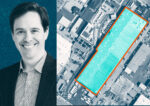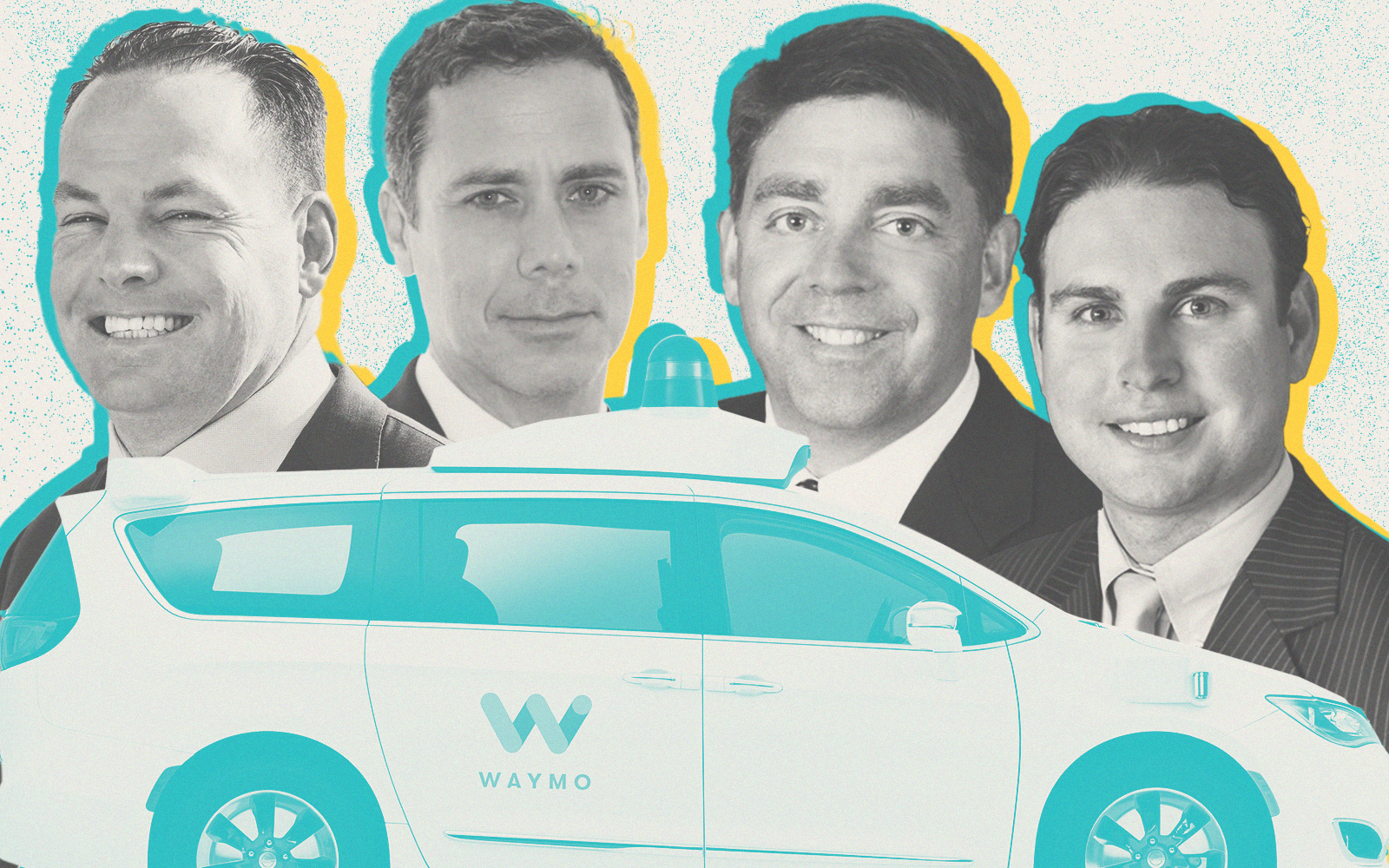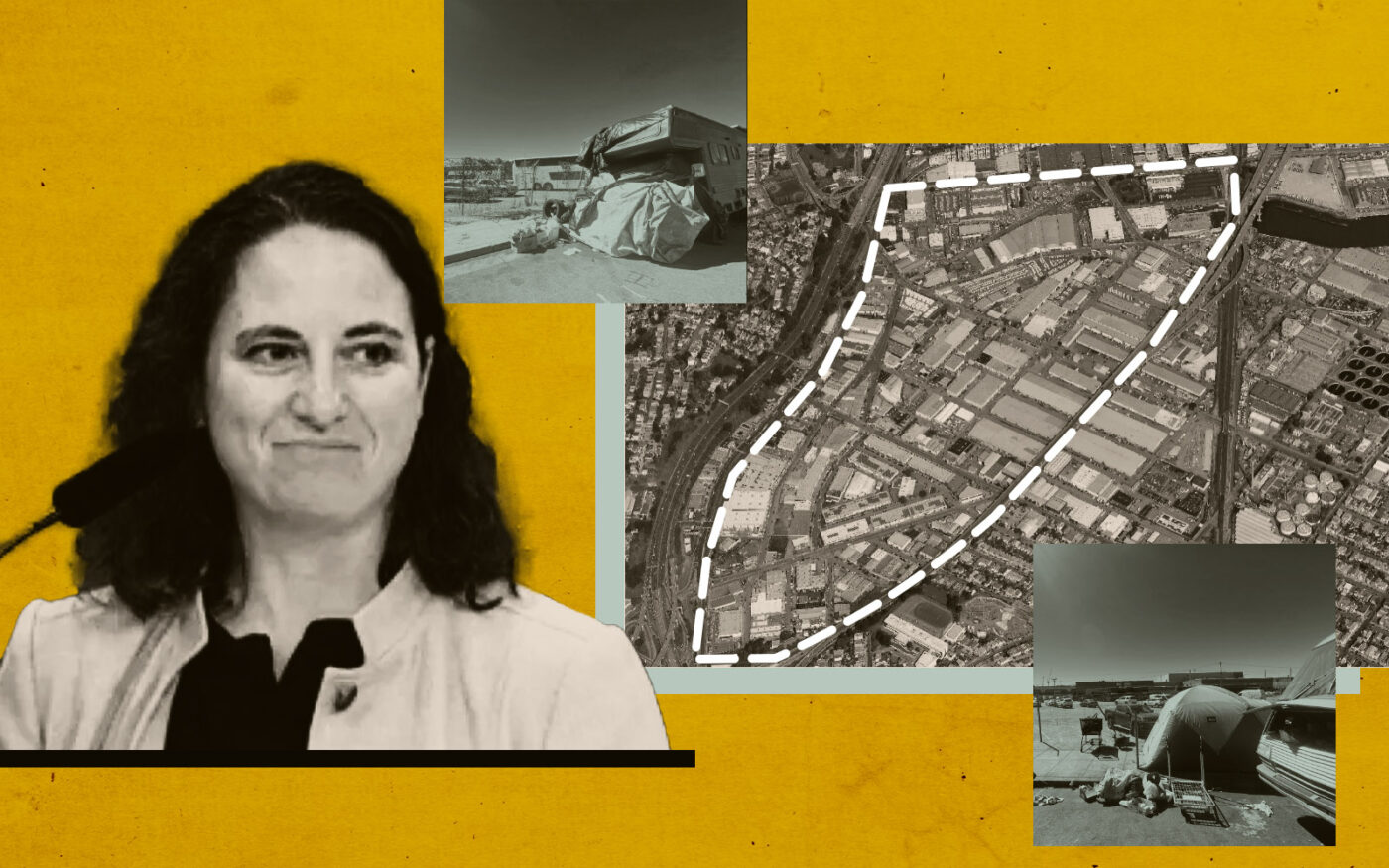San Francisco’s Department of Homeless and Supportive Housing has entered negotiations on a lease to create homeless housing at an industrial site off Bayshore that would put 60 cabins and about 20 safe parking RV spots at the 2.25-acre site of a former drywall contractor.
The city says it is meeting the needs of the community by providing additional housing in an area with the second-largest homeless population in the city But industrial owners in the neighborhood say a third supportive services site in the immediate vicinity is too much to bear — and they are looking at their legal options.
HSH proposes to lease the property at 2177 Jerrold Avenue “to help address unsheltered and vehicular homelessness in the area.” The department is in the early stages of development and still needs authorization on the project, according to HSH representative Emily Cohen, who could not yet comment on lease terms or the cost of building the tiny homes. The Board of Supervisors will need to approve the lease when it returns from summer recess in September, she added.
More than 1,100 people were experiencing homelessness in District 10, which includes the Bayshore Corridor where the site would be located, according to the 2022 Point in Time homelessness count. District 6, which includes South of Market and the Tenderloin, is the only district with more unhoused people at more than 3,800.
“This project will provide additional capacity to bring people off of the streets and into a safe and dignified place where they can work on long-term solutions to their homelessness,” Cohen said via email.
Shelter spill-over
The department recently issued a notification to neighbors about the proposed lease and will host an initial public meeting on Aug. 17 to discuss it further, she said. Overall, she has heard “general support from the community as people are invested in having alternative places for people living on the streets of the neighborhood to go.”
Tishman Speyer recently purchased the property next door to the proposed homeless site but declined to comment on the city’s use of the neighboring property.
Scott Mason — an industrial agent whose own business, Calco Commercial, is located three blocks from the proposed site — said all the nearby business owners that he has spoken to are strongly against the project. He said the formerly “very bright, vibrant” neighborhood where he has run his business for 35 years now looks like “Beirut after a bombing” — issues he attributes to the Bayshore Navigation Center and Bayview Safe Navigation Center coming to the area.
Increased break-ins, drug use, drug dealing, human feces and urine on the street, fire risk from propane tanks and an “ungodly amount of trash” are all the results of problems within those two shelters spilling onto the streets around it, he said. On a recent walk of the neighborhood, he counted 76 RVs and about 50 tents where there had been just a handful five years ago.
“It’s a disaster,” he said. “It’s becoming very difficult for people to conduct business in any kind of a normal fashion.”
“100 percent deteriorated”
Mason said he understands why owners would want to rent to the city, which he said is always willing to pay higher rents than an industrial client. He also said he understands the need for more homeless housing and is sympathetic to those living in the RVs and tents around his business.
But he also said that the Bayshore Corridor, a V-shaped area south of Cesar Chavez Street and roughly bounded by 280 Freeway on one side and Highway 101 on the other, had already taken more than its share of supportive services. He added that the city has other nearby spots to the east, for instance on port land, “where you could still handle it exactly the same way but not be directly influencing a vibrant business area.”
“It’s already 100 percent deteriorated,” Mason said. “Why make it worse?”
Cohen at HSH said the department “will work closely with the community to address any questions or concerns that arise.” But Mason said he has had enough of what he sees as empty promises from the city to make sure that the sites are well maintained. So he is working to bring together a group of other owners in the area to file a lawsuit.
“The city is called constantly to help resolve the problem,” he said. “They do absolutely nothing.”
Read more



